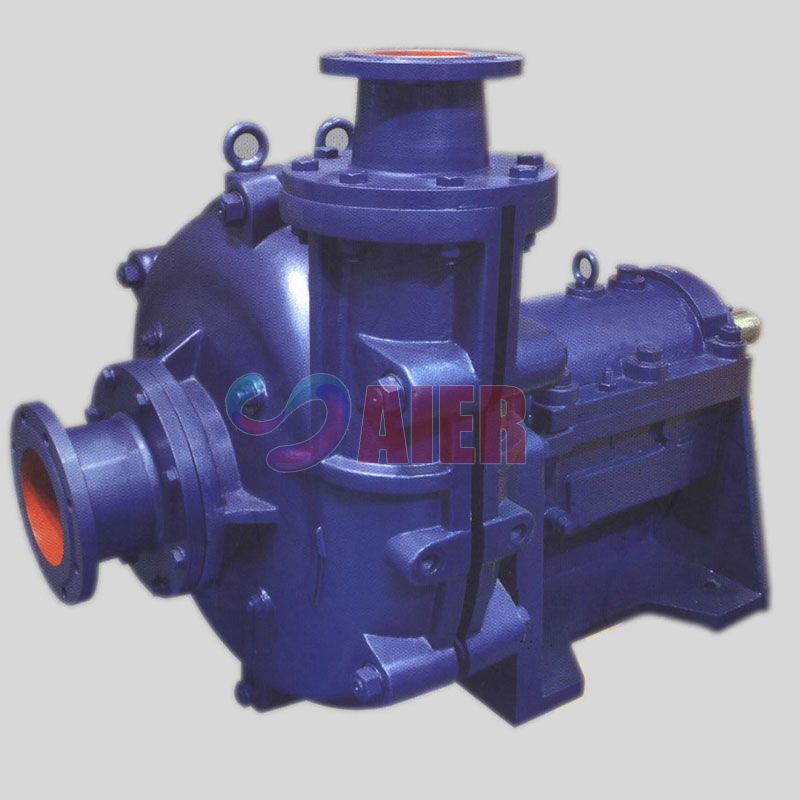nóv . 20, 2024 19:23 Back to list
centrifugal slurry pump parts
Understanding Centrifugal Slurry Pump Parts
Centrifugal slurry pumps are vital in various industries, including mining, dredging, and wastewater treatment. They are designed specifically to handle abrasive and viscous materials, making them essential for transporting slurries—mixtures of solid particles and liquids. To appreciate the efficiency and functionality of these pumps, it’s crucial to understand their key components and how they work together.
1. Casing
The casing is the outer shell of the centrifugal slurry pump that houses the internal components. It is typically made from wear-resistant materials such as high chrome iron or rubber-lined steel, depending on the application. The design of the casing helps to create the right hydraulic environment to allow for effective slurry movement while minimizing turbulence and energy losses. It also aids in separating the pump's internal components from the external environment, ensuring durability and performance.
2. Impeller
The impeller is arguably the heart of the centrifugal slurry pump. This rotating component is responsible for imparting kinetic energy to the slurry, transforming it into pressure energy as it moves through the pump. Slurry pump impellers are usually designed with wide passages to minimize the blockage by solid particles. They are available in various designs, such as open or closed impellers, to suit different applications and slurry properties.
3. Shaft
The shaft is the central rod that connects the impeller to the motor. It transmits the rotational energy required for the impeller to function. The shaft must be robust enough to withstand the forces experienced during operation, especially given the abrasive nature of the slurry being pumped. Proper alignment and support bearings are crucial for maintaining the shaft's integrity and ensuring a long service life.
centrifugal slurry pump parts

4. Bearings
Bearings support the shaft and play a critical role in reducing friction as it rotates. In slurry pumps, bearings are specifically designed to handle radial and axial loads while being resistant to the wear caused by abrasive materials. They may be either standard ball bearings or specific roller configurations, depending on the pump design and application.
5. Throatbush
The throatbush is a wear component typically located at the suction side of the pump. It is designed to create a narrow clearance between the casing and the impeller, allowing for effective sealing and minimizing leakage. Given the abrasive nature of slurries, the throatbush is frequently replaced as it wears down, making it an essential maintenance part.
6. Discharge Flange
The discharge flange is the outlet portion of the pump where the slurry exits. It is designed to connect with piping systems that transport the slurry to its next destination. The discharge flange must be able to withstand high pressure and, like other components, is made from durable materials to resist the abrasive action of the slurry.
Conclusion
Understanding the components of centrifugal slurry pumps is crucial for anyone involved in industries that rely on these systems. Selection, maintenance, and operation of slurry pumps depend heavily on knowledge of their parts, including casing, impeller, shaft, bearings, throatbush, and discharge flange. By ensuring that these components are properly designed and maintained, operators can maximize the efficiency and reliability of their slurry pumping systems, ultimately contributing to smoother operations and reduced downtime. Proper awareness of these parts leads to better decision-making, improved performance, and cost-effective solutions in handling challenging slurry applications.
-
High Quality Slurry Pump Seals Reliable China Suppliers & Manufacturers
NewsJun.24,2025
-
High Quality Portable Submersible Slurry Pump Supplier & Manufacturer from China
NewsJun.10,2025
-
Slurry Pump Parts Manufacturer – High Quality Rubber Spare Parts from China
NewsJun.10,2025
-
High Quality 1/3 HP Submersible Sump Pump with Vertical - Reliable Supplier & Factory Price
NewsJun.10,2025
-
High-Efficiency Centrifugal Slurry Pumps India
NewsJun.10,2025
-
High Quality Warman Centrifugal Slurry Pump Suppliers & Factory
NewsJun.10,2025
